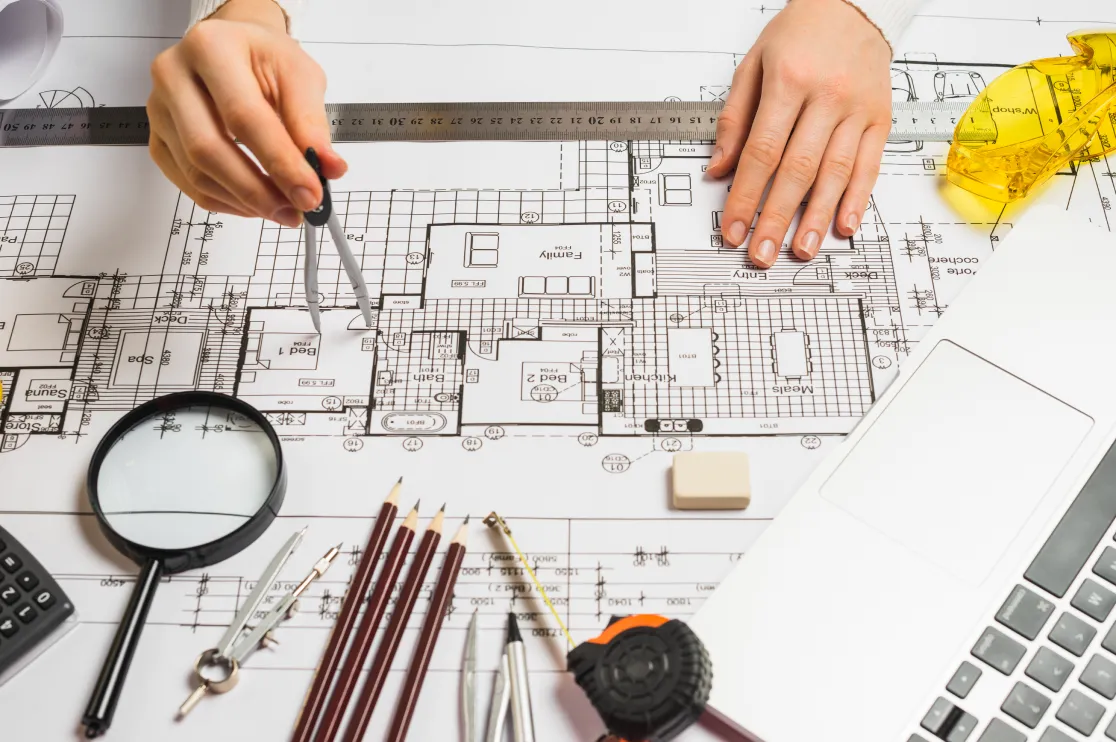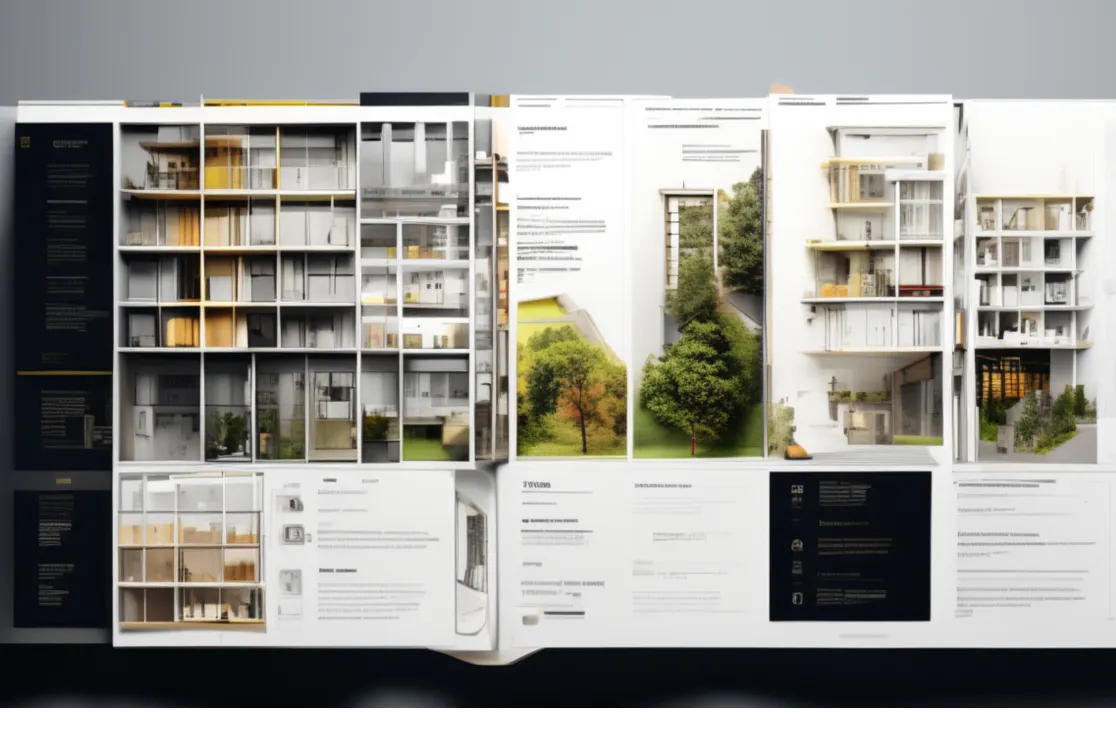“CAD designs are at a lesser risk of damage than paper drawings as they are easy to handle and convey. It requires less effort to draft multiple drawings.“
Computer Aided Design (CAD) is a replacement for paper-based architectural drawings. CAD designs are at a lesser risk of damage than paper drawings as they are easy to handle.
It requires less effort to draft multiple drawings. With technology and a focused approach, architectural walkthroughs and 3D renderings can be based on the client’s requirements.
Standards and Norms
The most common architectural, engineering and construction standards are the AIA CAD Layer Guidelines, 2nd edition (1997), which are extensively used in the USA; ISO 13567-1/3, international standard, common in Northern Europe; BS 1192 part 5, a simplified adaptation of the ISO standard based on CI/SfB; AEC (UK), an adaptation of BS1192 based on Uniclass.
Other methodologies and standards used globally include those certified by the Indian Institute of Architects, the Royal Australian Institute of Architects and the Royal Institute of British Architects.
Featured Insights
Discover latest updates, trends, expert blogs, and game-changing insights for AEC industry.
Stay ahead and supercharge your strategy with our vibrant, curated information hub. Read Now.
 Freelancer or Visualization Studio or In-House Team: What Brings More Value for Builders and Developers
Freelancer or Visualization Studio or In-House Team: What Brings More Value for Builders and Developers 6 Correct Ways to Use 3D Animation Video for Real Estate Advertising to Boosts Sales?
6 Correct Ways to Use 3D Animation Video for Real Estate Advertising to Boosts Sales? Shop Drawings Vs Fabrication Drawings? Easy Explanation with Example
Shop Drawings Vs Fabrication Drawings? Easy Explanation with Example From Blueprints to 3D Visuals: Building Construction Portfolio That Win Clients
From Blueprints to 3D Visuals: Building Construction Portfolio That Win Clients
























